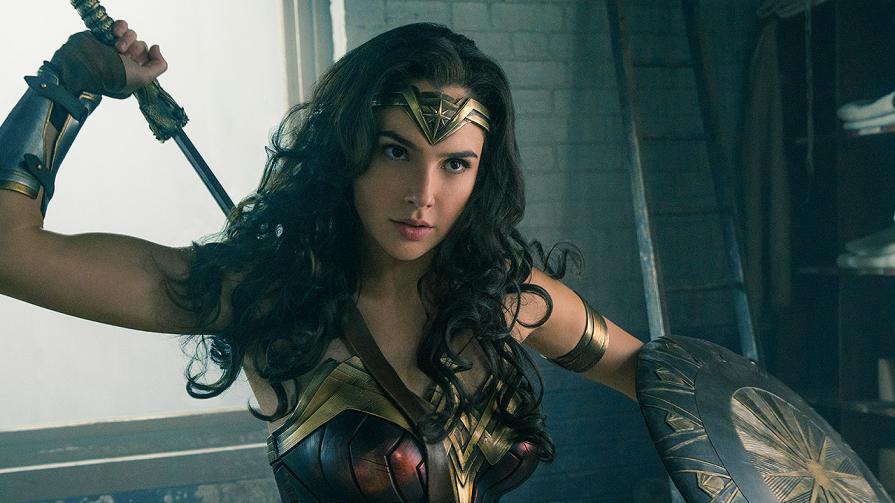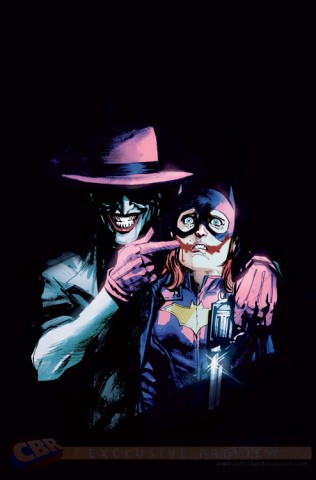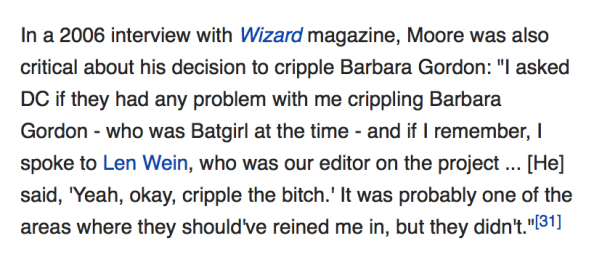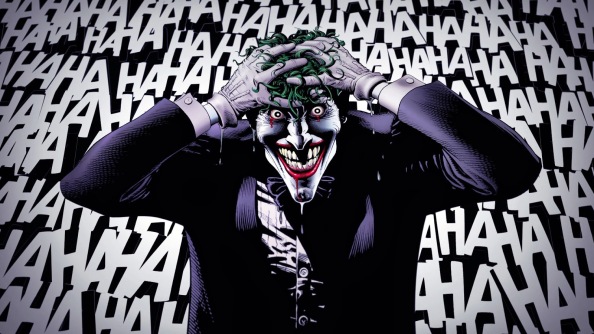
Candles hold a special place in my heart. In my mind, they’re a symbol of serenity, peace, focus, and prayer. They’ve stood as a testament to the flame one holds in their heart for a connection to the divine since I was a little girl. For as far back as I can remember, my mother would stand before the candles on Friday night, her hair covered and face solemn, as she covered her eyes and recited the blessing to invite the Shabbat into our home. I remember standing with her, or in the home of a friend on Friday night, all the women standing before the candles, covering their eyes to say the prayer.
‘Barukh ata Adonai Eloheinu Melekh ha‑olam, asher kid’shanu b’mitzvotav v’tzivanu l’hadlik ner shel Shabbat.’
‘Blessed are You, LORD, our God, King of the universe, who has sanctified us with His commandments and commanded us to light Shabbat candle[s].’
The blessing of the Shabbat candles has stood out to me as one of the most humble, beautiful, and soulful practices of the Jewish faith. It ties Jewish women to a tradition meant for us alone, a task meant to usher in the twenty-six hours from Friday to Saturday evening when the family dedicates themselves to take time and rest, just as God supposedly did after the six days of creation. I grew up knowing that Jewish women for generations, going back into time immemorial, have been standing before similar candles the world over on Friday nights, putting their hands over their eyes to welcome in the Shabbat every week. I remember standing with my mother to learn how to say the prayer, covering my hair just like her, knowing I was a part of a long chain of tradition, held by the light of the candles and my faith.
 It’s been years since I was what you’d consider very religious, but the ceremony of lighting Shabbat candles has stayed with me. It’s so important in fact that I chose to write a Larp about it for my contribution to the War Birds anthology by Unruly Games. Keeping the Candles Lit tried to capture not only the importance of traditions like the Shabbat candles, but the relationship of passing those traditions down from one generation of Jewish women to another. I tried to capture that importance, that beauty, when explaining it to non-Jewish players, or even my non-Jewish friends.
It’s been years since I was what you’d consider very religious, but the ceremony of lighting Shabbat candles has stayed with me. It’s so important in fact that I chose to write a Larp about it for my contribution to the War Birds anthology by Unruly Games. Keeping the Candles Lit tried to capture not only the importance of traditions like the Shabbat candles, but the relationship of passing those traditions down from one generation of Jewish women to another. I tried to capture that importance, that beauty, when explaining it to non-Jewish players, or even my non-Jewish friends.
And every time, I wasn’t sure I could. The practice couldn’t have the same meaning, and most of my friends had no cultural context, no experience with the practices I grew up with. And that was normally okay: I love the diversity of the people I know, how we come from such disparate backgrounds. But every once in a while, I wished my closest friends could understand that feeling the candles inspired in me, and understand my culture with the same familiarity I’ve been forced to understand Christian culture.
Living Jewish In A Christian World
By virtue of living in a predominantly Christian oriented society, I’ve become intimately familiar with the trappings of the religion. It dominates popular culture, the iconography of everything from our holidays to stores in which I shop. I know the story of Christmas and all the songs as they’re blasted over the airwaves every year, every year getting earlier and earlier. I know the story of Jesus, of the Apostles. I know about some of the saints, how they go marching in, and the difference between different Christian groups. I hear conservatives scream about wars on Christmas and how Christian values in America are being challenged every day. And I snort, because I was at least raised to believe America was a land for all, not one with an official religion.
I also grew up being told to keep my head down when I tried to voice those ideas. My grandmother once told me one Shabbat, “Non-Jews won’t want to hear that from you. They’ll put up with it, with you, but don’t forget – they don’t understand.”
I remembered that lesson as I grew up, and watched every game, every TV show, every movie, and its implicit western Christian bias. Its morals baked into every piece of art, every bit of our society. I remember wishing I could share my favorite music growing up with my non-Jewish friends, and realizing they wouldn’t understand a lick of it. I remember realizing when I heard music and it talked about faith, or God, or losing their religion, they weren’t talking about my faith. The icons were always of a man with his arms spread out, a lonely look on his face.
I remember being confused and a little heartbroken when I was told The Chronicles of Narnia was a Christian story and Aslan, one of my favorite characters, was really Jesus. I remember the Jewish holiday of Purim being called “the Jewish Halloween,” as if that represented the beautiful tradition at all. I remember being told The Ten Commandments was an Easter story, even it was literally the story of Passover being shown over that very holiday.

Most of all, I remember the Shabbat and lighting the candles, and realizing so few people even understood what the Shabbat really was. And this was among those people I knew, forget about in the media.
And then, there were the exceptions. The beautiful, beautiful exceptions.
Finding Your Heroes
Claudia Christian playing Susan Ivanova on Babylon 5, who lit the Channukah candles and sat shiva for her father, all while being a commander on a 23rd century space station.
Felicity Smoak on Arrow answering her friends asking what she was doing on Christmas with, “Celebrating Channukah” and sharing cultural understanding with Ragman, a gay Jewish boy wearing an ancient, nigh sentient Egyptian burial shroud.
Rufus on Supernatural telling Bobby Singer he couldn’t dig up a dead body yet, because it was still the Shabbat. (Okay, and maybe taking advantage just so he wouldn’t have to dig).

Kitty Pryde in the X-Men wearing a Star of David and proudly declaring herself Jewish, comparing the discrimination against mutants with the discrimination faced by Jews.
Magneto, a Holocaust survivor, standing tall and villainous against the bigotry that ended his family’s lives so long ago.
Willow Rosenberg on Buffy straddling the line between growing up Jewish and embracing the Wiccan inside to become one of the most powerful magic users in the Buffyverse.
And yet these were characters on TV shows and in comics, amazing and affirming as they were. I was looking for real life media figures who could tell me that Hollywood wasn’t just full of stereotypes of Jews. We weren’t all Woody Allen or Barbara Streisand. We weren’t comedians and nerdy people, known for lack of athleticism and a cynical, dry wit. We weren’t The Nanny and Annie Hall. I kept looking for more Ivanovas, more Felicitys, more Willows. I found Natalie Portman and discovered Sarah Michelle Gellar and Alyson Hannigan were both Jewish. With some Googling, I found a list of Hollywood actresses who were Jewish.
And yet, in their interviews, in press junkets, I didn’t hear anything about their identities. While other celebrities thanked Jesus non-stop, I didn’t hear anything so outward about these women. In the age of social media and celebrity openness to the world, these women’s media image was so devoid of anything indicating they were Jewish I had to go Googling to find notable Jewish women in Hollywood. And that was okay, because their choices were their right, and their right to privacy was absolutely valid. But still, in a world saturated by the Christian identity, I yearned for something I could identify with.
And then, I saw an Instagram photo of Gal Gadot.
Representation Matters

In the photo, she stood in front of a pair of candles along with her little girl. Both of their hair was covered as they prayed before a pair of Shabbat candles.
Gal Gadot, who would be Wonder Woman.
They say representation matters in media. They say it’s important for people to be able to see those who look like them in the media. For a Jew, that issue can be a complex one, as many Jews of Eastern European descent largely blend into the overall white population. And though Jews were not considered as white until very late in the US and world history (we’re talking somewhere between the 1940’s and the 1970’s), we receive the same advantages in many ways as those who are perceived as white by the population at large.
Instead, Jews face different oppression based on our religious backgrounds, called anti-semitism, which has remained a constant and insidious form of discrimination throughout history. But at the end of the day, those Jews of largely Ashkenazi descent (meaning those whose ancestors migrated during the Jewish diaspora to Europe and got way, way pastier than our brethren who settled elsewhere) are perceived as and grouped into being white, with all the baggage and privilege and advantage that comes with it.
Still. Representation matters. And we all want to see someone in our media who is like us. As a little Jewish girl, I wanted to see characters in things who were Jewish. I cheered when I found out there was an Israeli-Jewish super hero in Marvel Comics called Sabra, a kickass woman super-soldier who defended Israel against her enemies. I worshiped the character of Susan Ivanova as a model for a strong Jewish woman on television. And I looked for actresses who showed me you could be Jewish and be a media star and still have a proud, public relationship with your culture.
And then that photo. Gal Gadot, in front of the candles, with her daughter.
Gadot’s Jewish Identity And Controversy
I remember my eyes filling with tears as I read a quote from Gadot, stating:
“I was brought up in a very Jewish, Israeli family environment, so of course my heritage is very important to me,” she said in an interview with Totally Jewish. “I want people to have a good impression of Israel. I don’t feel like I’m an ambassador for my country, but I do talk about Israel a lot — I enjoy telling people about where I come from and my religion.”
Here was an Israeli-born woman of Ashkenazi descent (her family was from Germany, Poland, the Czech Republic, and Austria), who was proud of her heritage. She spoke openly about her religion, her culture, her home. And yes, that included speaking up about Israel and her feelings about the politics there. That has drawn heat from many pro-Palestinian groups, including BDS, who have called her out for supporting the military actions of her home country and for serving in the Israeli military.
(I would point out that military service in Israel is mandatory at the age of eighteen for everyone who is able. Gal served her two years as a fitness instructor, teaching gymnastics and calisthenics).

Many have called for boycotts of the Wonder Woman movie because of her pride in her homeland. Many have pointed to the Wonder Woman movie as being fairly white washed and lacking in diverse representation. And while those issues are very, very valid (I’ll point to this article expressing some very serious issues about the lack of or poor representation of women of color throughout the film), I’ll point out there is one minority who did get to be represented in Wonder Woman in a real and fantastic way.
Shattering Records and Expectations
You’d have to be living under a rock to have missed it, but Wonder Woman has defied the Hollywood trend of bad women-led comic book films. It has come away with critical acclaim and a massive fan response. And it has catapulted Gal Gadot from little known actress into a household name all in the span of a few weeks. This insta-fame has brought much of the aforementioned controversy into the limelight. And though I’m all for discussing political questions and issues of representation, I’ve had a foul taste in my mouth when looking at the way Gal Gadot’s actions and media presence has been scrutinized. In the end, the only thing people have been able to find to diss her portrayal is that she served her country as a soldier in mandatory service, that she looked like a model, and that she is part of a film which has sadly stereotyped people of color and other nationalities.
And while I acknowledge all those issues as valid to discuss, I also acknowledge that a film can have problematic issues and still have a supremely important contribution to the representation of another group. In this case, Jewish women. And that contribution is profound and important and cannot be ignored.
Because somewhere, there are little Jewish girls able to point to Gal Gadot in her tiara and silver bracelets, holding her sword and shield and lasso, and say there, there is our Jewish warrior, there is the ashet chayil (in Hebrew a “woman of valor”) we sing about every Shabbat. There is a powerful feminist actress who is proud of her heritage, passing down our traditions to her own daughter, who trained to fight and did her own stunts in both Wonder Woman and the Fast and the Furious franchise. Here was a woman who is proud of her heritage and who is representing our people, an often forgotten minority group, as one of the world’s most recognizable and lauded super heroines in a film that has shattered movie release records in its opening week.
Wonder Woman is a hit, and Wonder Woman’s actress is Jewish. My inner little girl is so proud I can barely express it. Because when I point to the screen during Wonder Woman, I can say now: see, see there, we aren’t all the yente and the nag, the funny girl and the nerdy weakling, the shady lawyer and money grubbing business person, the Jewish American princess and homely intellectual. We aren’t the hidden, overlooked group, our celebrities laughed at when they go to a Kabbalah Center or talk about their kosher cooking in public. See, in that woman, an ashet chayil at last, a proud, powerful woman, standing tall on the screen.
And somewhere, little girls can see that and believe they can be proud Jews, standing tall to be whatever they want to be while still being part of the traditions of our people. Representation matters to Jews too, and Gal Gadot has given us that representation, complicated as it might be in terms of politics and other problems with the film. And from everything we have seen in the media she is a positive role model both as Princess Diana and in her own life, a true ashet chayil in so many ways.
I am proud to be around to see my comic book idol played by such a woman of valor. Because I’ve finally seen representation that gives me hope that we Jewish women can be seen, really seen, in all our facets and strengths and traditions at last.
And all it took was one Instragram photo to instill that hope, that pride in me too.



 (Warning: discussion of fictional sexual violence ahead.)
(Warning: discussion of fictional sexual violence ahead.)




